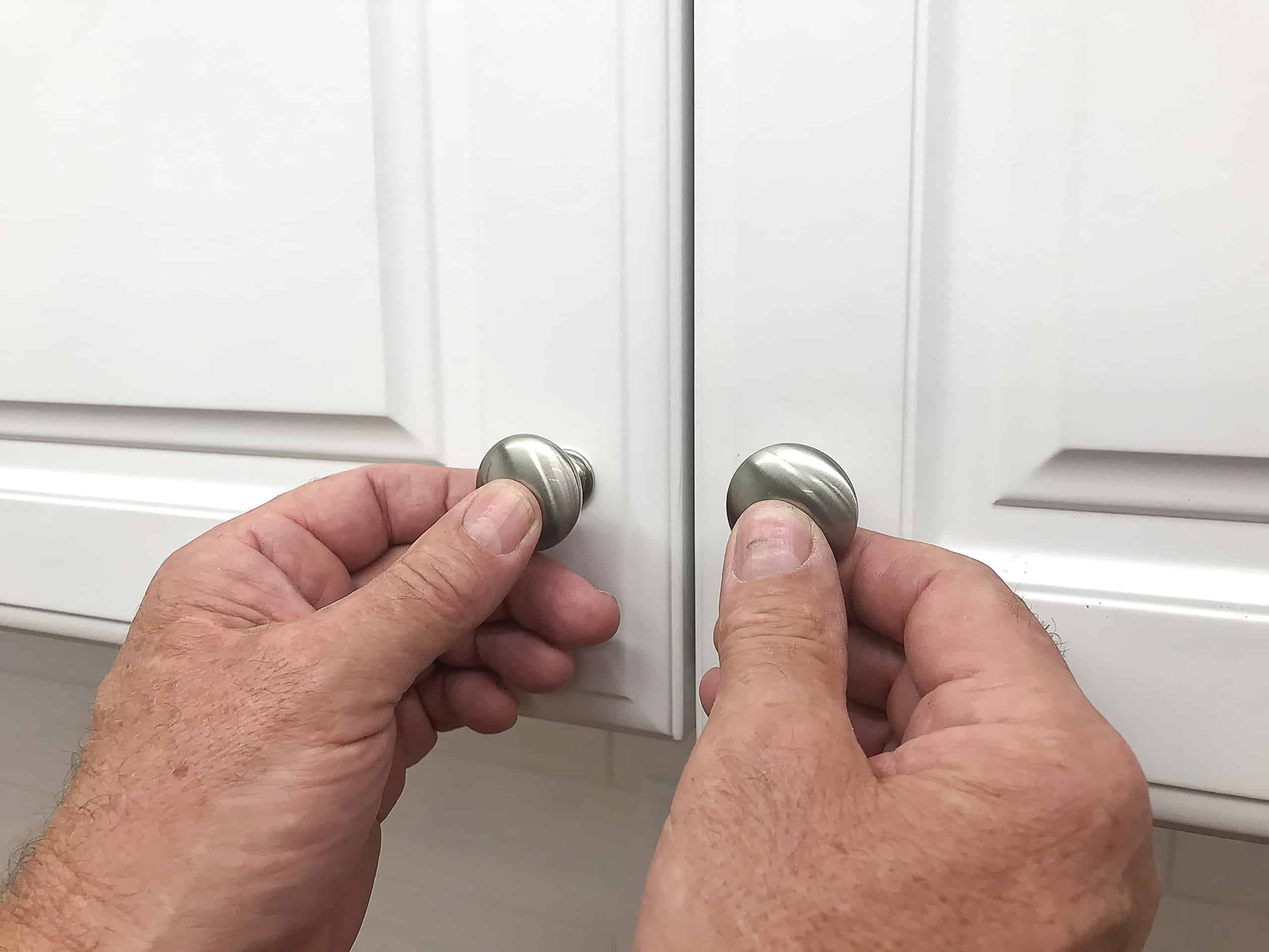Troubleshooting and Finishing Touches: Installing Cabinet Hardware Diy

Aduh, installing cabinet hardware? Sounds easy, kan? But sometimes, *ealah*, things don’t always go as planned. Don’t worry, it’s totally normal to hit a few snags along the way. This section’s got your back, covering common problems and how to fix ’em like a pro. Think of it as your ultimate DIY rescue guide, a lifesaver for those “what the heck just happened?!” moments.
Common Installation Problems and Solutions, Installing cabinet hardware diy
So, you’re halfway through, feeling pretty good about yourself, then BAM! Something goes wrong. It happens to the best of us! Here’s a handy table to help you navigate those tricky situations. Remember, a little patience goes a long way.
| Problem | Solution |
|---|---|
| Misaligned Holes | Use a wood filler to patch the existing holes and then carefully predrill new holes in the correct location. Make sure to use a drill bit slightly smaller than your screws to avoid stripping the wood. If the misalignment is minor, you might be able to fudge it by carefully adjusting the screw position with a bit of gentle persuasion. Sometimes a little wood glue can help too! |
| Stripped Screws | Ugh, the worst! Try using a slightly larger screw. If that doesn’t work, you can try using a screw extractor to remove the stripped screw. As a last resort, you might need to fill the hole with wood filler and drill a new one. A dab of super glue on the screw before inserting it can sometimes help too! |
| Cabinet Door Doesn’t Close Properly | Check the hinges. Are they properly aligned? Are the screws tight? Sometimes, a slight adjustment to the hinge position can make all the difference. If the problem persists, it might be a problem with the cabinet door itself, requiring a bit more adjustment or even a slight sanding. |
| Hardware Doesn’t Fit | Double-check your measurements! Sometimes, the hardware might not be compatible with your cabinets. If you’ve already bought it, you might need to return it and get the correct size. It’s always best to measure twice and buy once! |
Repairing Minor Cabinet Damage
Okay, so maybe you accidentally chipped a corner or scratched the surface. Don’t panic! Minor damage is easily fixed. We’re talking minor, *yaaa*.
First, assess the damage. For small holes, wood filler is your best friend. Apply it generously, let it dry completely (check the instructions on the packaging!), and then sand it smooth. For scratches, use a fine-grit sandpaper to gently smooth the area. After sanding, you can use wood stain to match the existing finish, followed by a clear coat of varnish or polyurethane to protect it. For more significant damage, it might be best to consult a professional. But for those minor boo-boos, you’ve got this! Remember, even the most experienced DIYers make mistakes. It’s part of the learning process.
